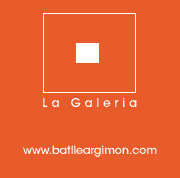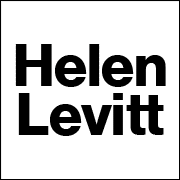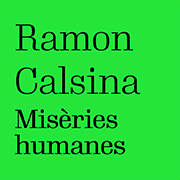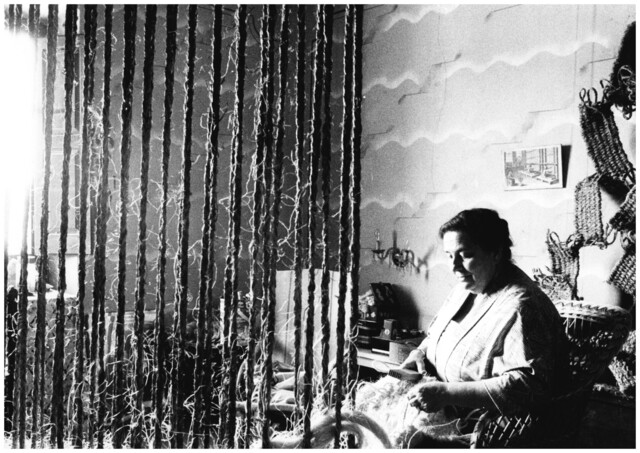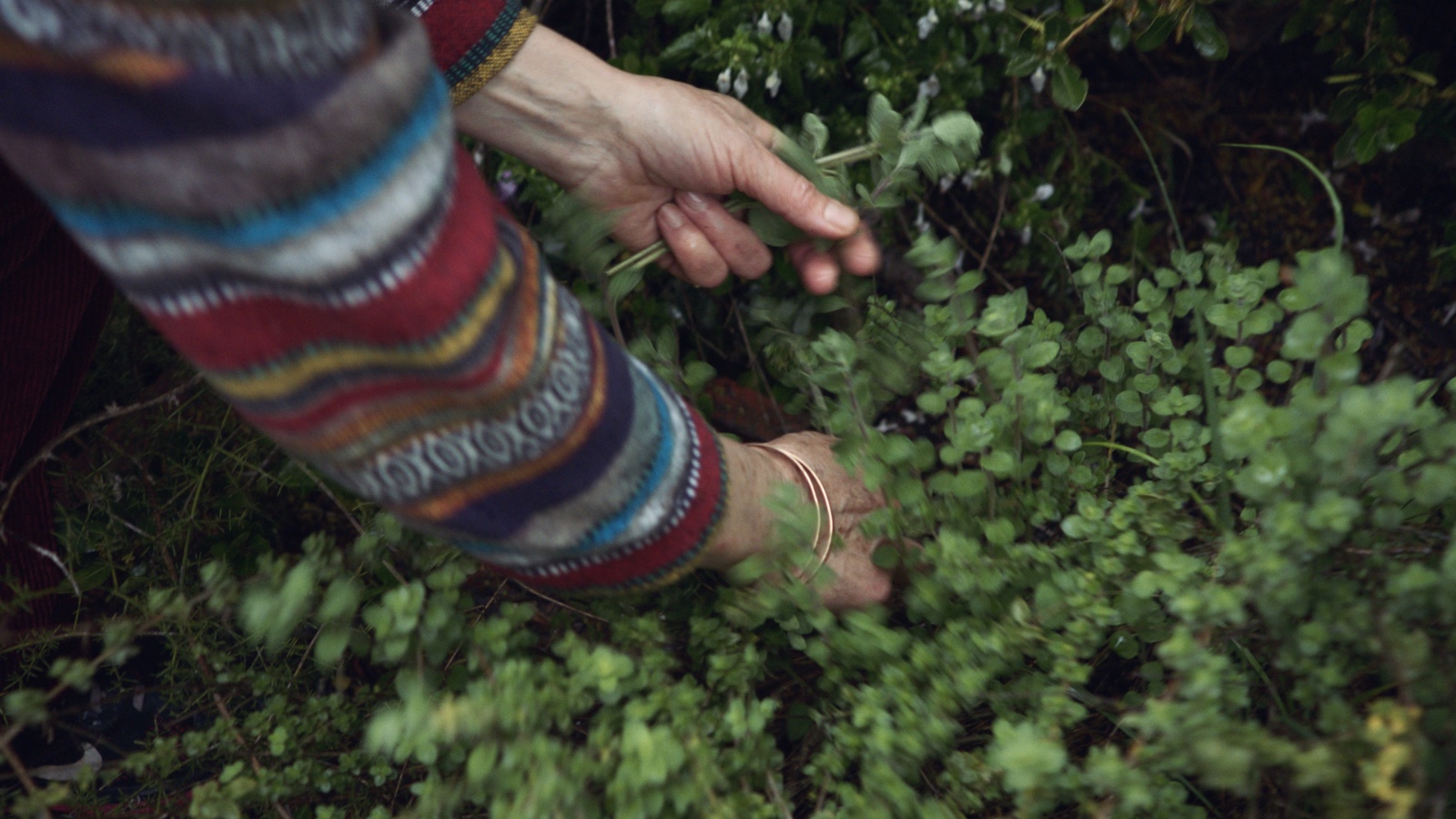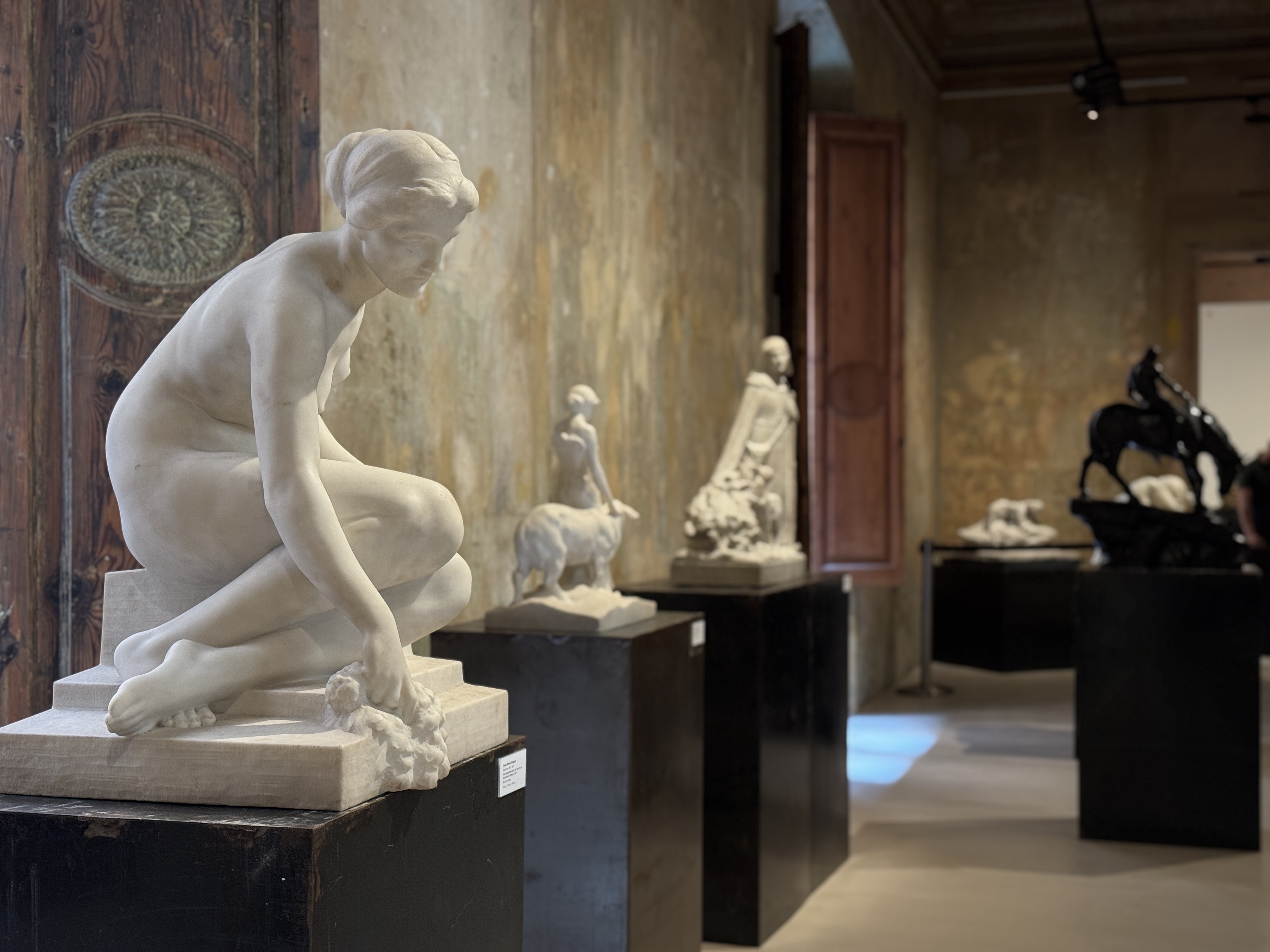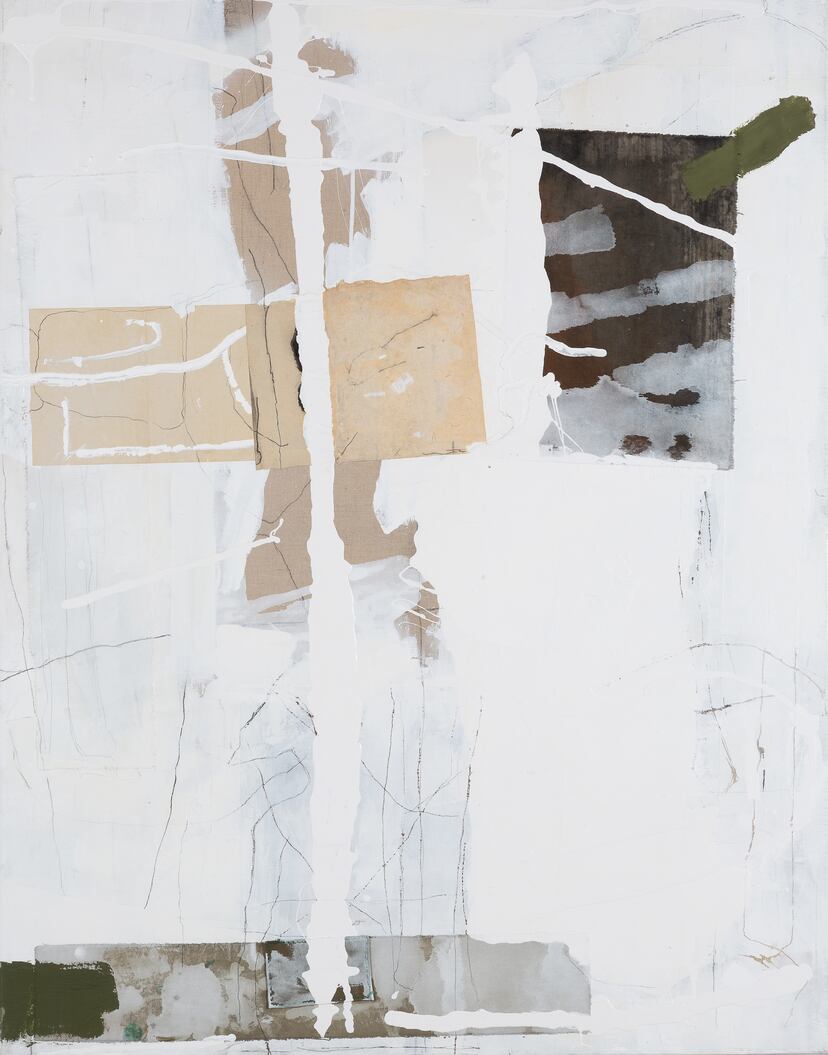Exhibitions
Marcel Martí, between lines and volumes
The Can Mario Museum presents an exhibition that traces an artistic career focused on working with materials, shapes and drawings.
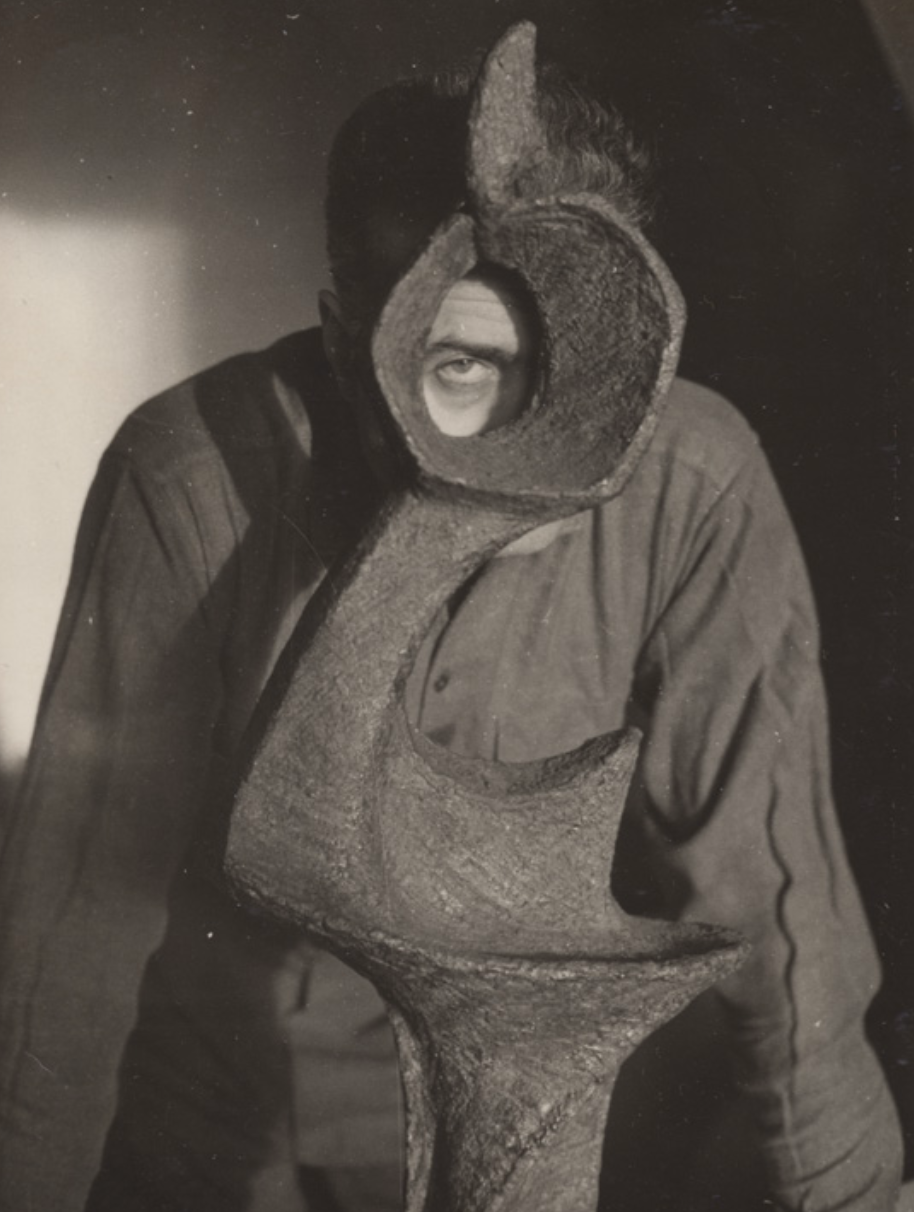
Marcel Martí was born in Alvear, Argentina, in 1925, but ended up settling in Palafrugell, where he lived until the end of his life. Now, coinciding with the centenary of his birth, the Museu Can Mario is hosting an exhibition that reviews his career. The exhibition, entitled Rhythm and Matter and curated by Aitor Quiney, goes beyond his facet as a sculptor and opens the window to show other lesser-known aspects of the creator.
Martí made drawings, tapestries, engravings and paintings, and in fact he started with the pencil. Drawing was for him both a working tool and a way of saying things that perhaps he could not express in the same way with volumes. Aitor Quiney points out that “although Marcel Martí has always been analyzed as a sculptor, he is without a doubt also a draftsman of great quality and a poet who wrote since adolescence”. Martí understood drawing as the basis of his way of creating, not as a step prior to sculpture. In fact, one of his first works published in the magazine Ariel already gives a glimpse of how line and volume were central to his vision.
 Títol no identificat, Marcel Martí (1953)
Títol no identificat, Marcel Martí (1953)
In the 1940s he exhibited for the first time in Barcelona and, thanks to that opportunity, he travelled to Paris, where he was able to come into contact with artists such as Zadkine or Lhote, and where he also learned engraving with Paul Bornet. From that initial stage, the works revolved around idealized human figures, especially female nudes and group compositions. But this gradually changed: from 1957, Martí made a turn towards more abstract forms, although some themes, such as maternity, continue to be present. This process led him to explore diverse materials such as bronze, stone, wood, ceramics and cement.
 Títol no identificat, Marcel Martí (1974)
Títol no identificat, Marcel Martí (1974)
The exhibition at Can Mario, which can be visited until the end of November, includes small and medium-sized pieces that show how his language evolves, from figuration to a cleaner abstraction, always with a clear interest in movement and interior spaces. Martí sought balance and harmony in his creations, and this way of doing things can also be seen in the drawings on display, some of which have a more narrative and surrealist side, but without ever losing that clear line that characterizes him so much. As Aitor Quiney points out: “They are clear drawings, without any shadow and with a simple language, to which he sometimes adds color. Some of the more literary and surrealist themes are also present, but less so, since they are illustrations with a narrative component.”
 Forma amb tres caps, Marcel Martí (1959).
Forma amb tres caps, Marcel Martí (1959).
Throughout his career, he received several awards, such as the first Manolo Hugué Prize or the Julio González Award, which valued his way of understanding the form, texture and weight of materials. During the sixties and seventies he experimented with new supports such as methacrylate or fiberglass, without ever abandoning the more traditional ones. In fact, in the nineties he returned to iron, but with a smaller format and a more intimate tone.
Marcel Martí's pieces reveal a coherent trajectory, where formal changes never meant a break with what was essential to him. Over the years, he defined his own voice and, as Maria Lluïsa Borràs says, his work "has remained unchanged in a way of understanding sculpture", an evolution that does not depend on what happens outside, but is nourished by his own process, his thinking and his universe.
 Agona, Marcel Martí (1998). Fundació Fran Daurel
Agona, Marcel Martí (1998). Fundació Fran Daurel


